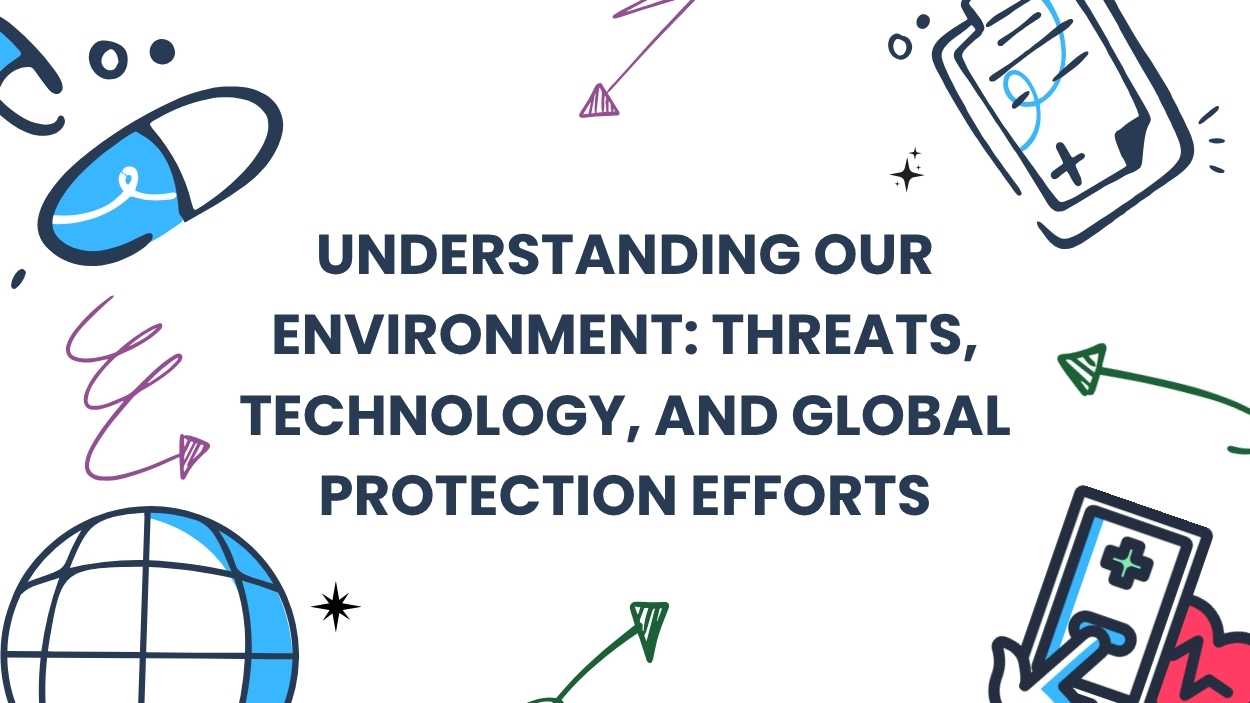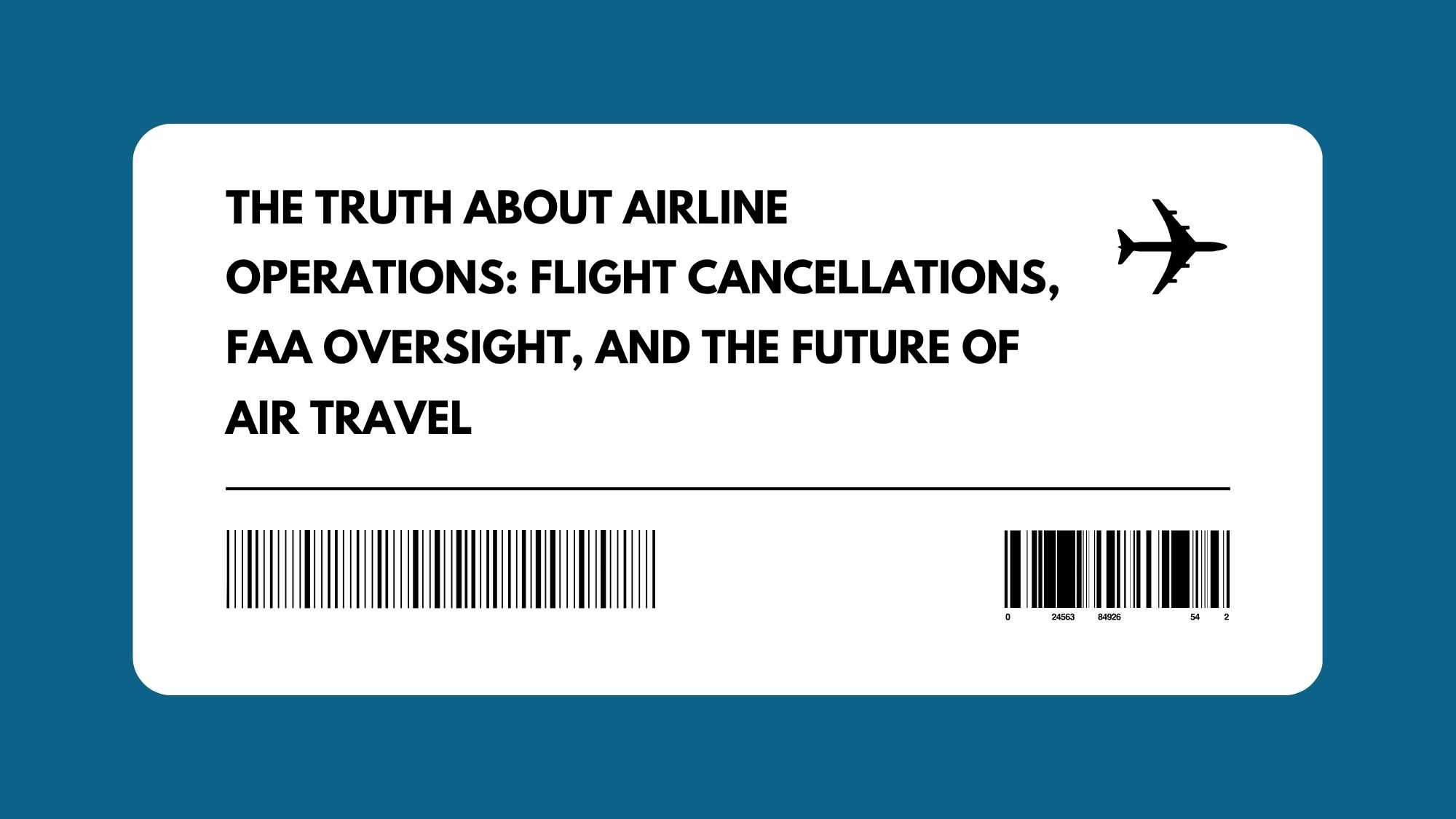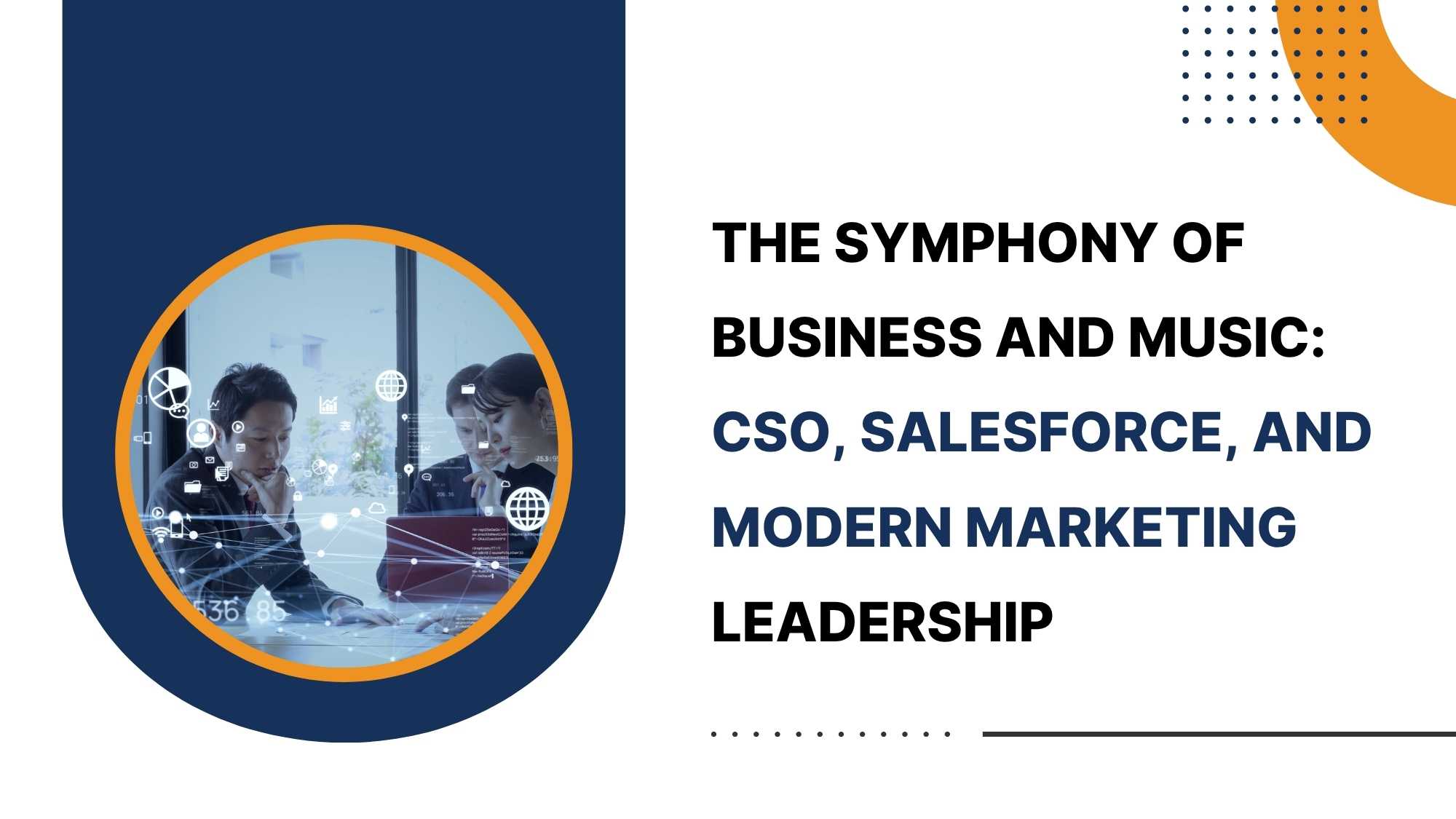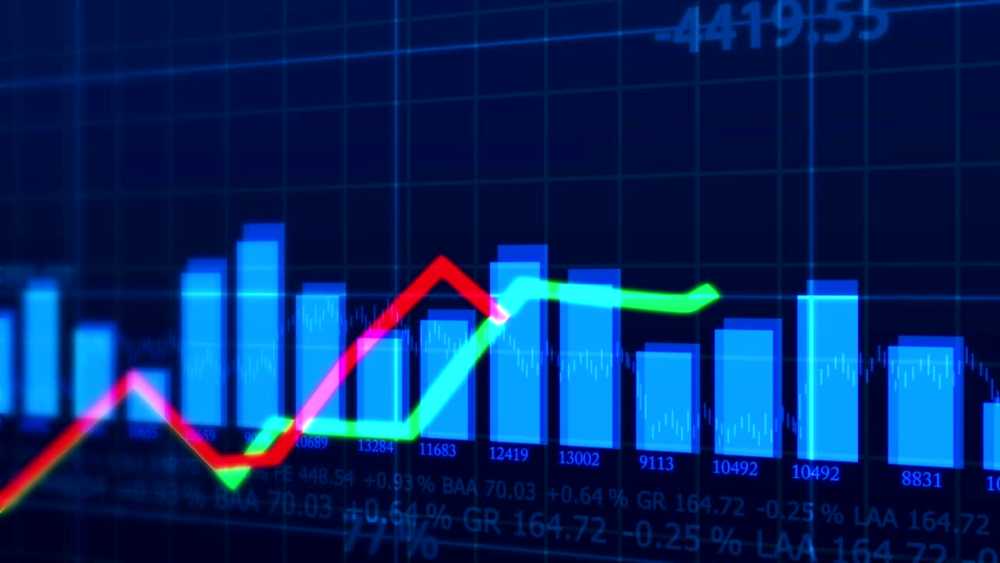Ginger Chambless, Head of Market Insights at Commercial Banking, paints a nuanced picture of the economic landscape as we navigate the midpoint of 2025. Her analysis emphasizes the resilience of the U.S. economy despite persistent uncertainty stemming from shifts in government policies, fluctuating market sentiment, and volatile global events. While some indicators suggest a cooling period, the outlook remains cautiously optimistic, predicated on the Federal Reserve’s commitment to a data-driven approach and a measured pace in adjusting interest rates. This is a crucial read for business leaders seeking to understand the evolving challenges and potential opportunities that define the economic landscape.
Navigating the Storm: Key Economic Indicators
Chambless highlights five key considerations shaping the economic outlook. The anticipation of slower growth in the second half of the year doesn’t necessarily mean a recession, but rather a slight decrease in GDP growth due to factors like fluctuating business investments and the impact of tariffs on consumer spending. Simultaneously, inflation, though showing initial signs of cooling, is projected to rebound before stabilizing closer to the Fed’s 2% target. The labor market, while experiencing a slight softening, remains robust, and the Fed is predicted to maintain its ‘no rush’ stance in cutting rates. These are complex interplays that demand strategic planning and adaptable business models.
Analyzing the Labor Market and Inflation Pressures
A significant portion of the analysis centers on the labor market dynamics. While the unemployment rate remains low, the increasing number of jobless claims signals the possibility of a shift. The report’s mention of reduced immigration further adds another layer to workforce management. In terms of inflation, Chambless anticipates that the impact of tariffs may become more noticeable in the coming months. This could lead to a temporary increase in core PCE before stabilizing. This will test the Fed’s response and will influence corporate decision-making and consumer spending. These factors combined create an environment requiring constant market surveillance.
Understanding the Federal Reserve’s position is critical for businesses. The expectation of a December rate cut followed by additional cuts in early 2026 suggests that the Fed is poised to maintain a cautious approach. This will give businesses more time to strategize, but it’s essential to stay informed about changes in government policy, national debt, and international events. For instance, the emphasis on government policy, the handling of national debt, and managing geopolitical tensions all influence market predictability and affect business performance. The emphasis is on proactive planning and scenario-based thinking to withstand any potential disruption.
Adapting to the New Reality
In conclusion, the mid-year market outlook underscores the importance of a nuanced, adaptable approach to business strategy. While challenges persist, the economy demonstrates resilience. Business leaders must remain vigilant in monitoring economic indicators, particularly inflation and employment data, while also keeping a watchful eye on government policy and geopolitical developments. Partnering with financial institutions capable of providing custom solutions and offering insightful guidance is critical for navigating the complexities and seizing the opportunities that 2025 presents.













